April Come She Will-Dave Drops Me Off and That Wonderful Little Pub in Belgravia
Around Every Corner is an Adventure
April and not a daffodil in sight or even a crocus...well, a little bit of crocus...in these soul withering times...
but this is spring... thus far. I have to remember that once spring arrives, it is long and lovely. Till then, a girl can dream....and read. Three books have captured me this month and I have to mention them to you before we go to Belgravia.
Non-fiction because nothing is more harrowing than the truth. Certainly, that is the message in all three of these riveting historical recounts, all by female authors. Patti O'Toole is a neighbor and a pal. Like several of our neighbors in this sublime time warp of a village, Dave and I count our Patti as a dividend in the youth of our old age. She is a peach. Tuck all three books away and get back to me with your thoughts. I will be eager to hear if you like them.
I was reading a lovely little blog this morning that jogged my memory. The author is a clever girl, very au current, direct, good photography and lovingly presented. She likes her life. I'll take it. Her photo of the garden at The Grenadier brought back a flood of memories.
On a not so distant trip to London, Dave and I walked over to Westminster with the intention of a good wander through the graves of those who have impacted English history, a dream of a morning, in my book. He got as far as the door and said that I was free to wander to my heart's content and he would txt his whereabouts and meet me later. He is smart that Dave.
Who could resist two hours of completely self indulgent contemplation before the famous and infamous. The first time I entered Westminster Abby was in 1974, a doe in the headlights. I could barely get past the tomb of Winston Churchill, a relatively recent death and the ancient box that holds the remains of Edward the Confessor.
After 50 years of traveling and 30 years of teaching various aspects of art history and history, I had a long grocery list of folks I wanted to visit.
From the through the minuscule grave of Ann of Cleves, parked in an obscure corner without so much as a daisy to the grandiose tomb of Margaret Beaufort, Westminster is the silent cocktail party of England's Who's Who. Notice that Anne of Cleves is just below someone's foot.
Next up was tomb of Margaret Beaufort, wedged in as near to her son, Henry VII, in death, as she was in life. Designed by a childhood foe of Michelangelo, Pietro Torrigiano, designed and cast the facial features of Margaret from her death mask.
I have a historical loathing of her. It is deeply satisfying for me to despise her though I recently learned that she completed the endowment of Christ’s College, Cambridge, and was a major patron of William Caxton. She could afford it. Caxton introduced the printing press to England and among the many famous texts, he produced were the earliest verses of the Bible to be printed in English and the first translation of Ovid's Metamorphoses in English. He rests in St. Margaret's Westminster...and yes, I walked across the garden to see him before the end of my visit. A commoner who made good like Jacques Coeur of Bourges from the century before. A wealthy entrepreneur with gifts to give royalty walked light among the royals. "To the valiant heart, all things are possible."
To your relief, I am not going wax on about Westminster but just to mention my husband's eternal wisdom about letting me experience it all on my own with this lovely little book.
And away...I met Dave at The Grenadier for lunch and fell in love...with the most enchanting pub.
right in the heart of Belgravia.
The Grenadier is a public house, walking distance from Westminster, right in the center of an intimate urban development spawned by the genius of the Cubitt Brothers.
Belgravia
Originally, The Grenadier built in 1720 for the senior infantry regiment of the British army, the 1st Regiment of Foot Guards, and located in a courtyard of their barracks. 1720...and chic as it can be, tony, to be accurate, 275 odd years later. George I was king of England. He fed his officers here. This little building sits on the edge of the barracks, now long gone.
George I
(He didn't speak a word of English and wasn't awfully popular, even with his own-lots of family drama)
At the end of the Napoleonic Wars, the regiment gained the name "Grenadier"instead of Grenadier Guards...sassier. They were just the Grenadiers according to Royal Proclamation.[8] made public in July 1815.
The pub opened to the public in 1818 as The Guardsman, but was quickly renamed in honor of the Grenadier's actions in the Battle of Waterloo.[1] The Haymarket Theater opened the same year. Long may they both wave, these old landmarks, serving the public unceasingly. Britannia Invincible...
Favored patrons at The Grenadier were George IV and the Duke of Wellington.
King George IV praised the Duke of Wellington for his success in the Battle of Vitoria in 1813, which led to the subsequent victory at Waterloo.
In a letter, which has as come to light after 212 years and was on auction at Forum Auctions, the monarch who was Prince Regent, at the time, wrote a two page correspondence to the Duke of Wellington.
"Arthur Wellesley, 1st Duke of Wellington was given the title Duke of Wellington in 1814, and went on to command his most celebrated campaigns in the Napoleonic Wars, with final victory at Waterloo in 1815. When he returned to Britain he was treated as a hero, formally honored, and presented with both an estate in Hampshire and a fortune of £400,000." (Compliments of Getty) No wonder the character of Admiral Croft, in Jane Austen's Persuasion, proclaims at a chance to fight the French again at Waterloo,
"...if we are lucky enough to go to war again..." A fortune could be made and this was certainly the case for the Duke of Wellington.
Apsley House-The London address of the Duke of Wellington, so famous that a letter could be sent to #1 London, England, and reach this new classic urban palazzo.
George IV's high opinion of Wellington was not reciprocated by the Duke who reputedly thought George spent too much, drank too much, was morally corrupt and lazy. Did they lunch together at the Grenadier? It's unlikely. Wellesley would later become Prime Minster and is know for ensuring the Catholic Emanication Act of 1830. If fact,
"convinced that the measure was essential to maintain order in Catholic-majority Ireland, the Duke of Wellington helped overcome the opposition of the King, George IV, and of the House of Lords, by threatening to step aside as Prime Minister and retire his Tory government in favor of a new, reform-minded, Whig ministry." (thanks Wiki) I only mention this because we need a little of this pluck right now.
Compliments to dailymail.co.uk/news/article-8292521/Letter-written-King-George-IV-praised-Duke-Wellington.html
Here is the Duke on the left hand wall and Dave peeking over in the second photo. Here is where we lunched, moments from Westminster, surrounded by 18th century and within ear shot of centuries of history.
Two hundred years later in parade, the Grenadiers and below, a scene from the film, The Patriot, featuring scads of Grenadiers, fighting a war of attrition against a colony that was unhappy about tariffs among other things....Bright red and all lined up like canon fodder. Make no mistake, they were trained, organized and dangerous. When you visit The Grenadier, it is a romantic aspect of world dominion, encapsulated in a little historical package but there are two sides to every story.
I'll leave here with this thought...250 years later, click here, for a conversation between Heather Cox Richardson and Angus King. Even better don't miss Heather Cox Richardson at UBC School of Public Policy and Global Affairs in British Columbia.




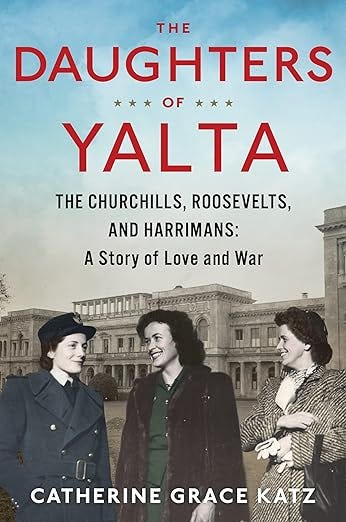


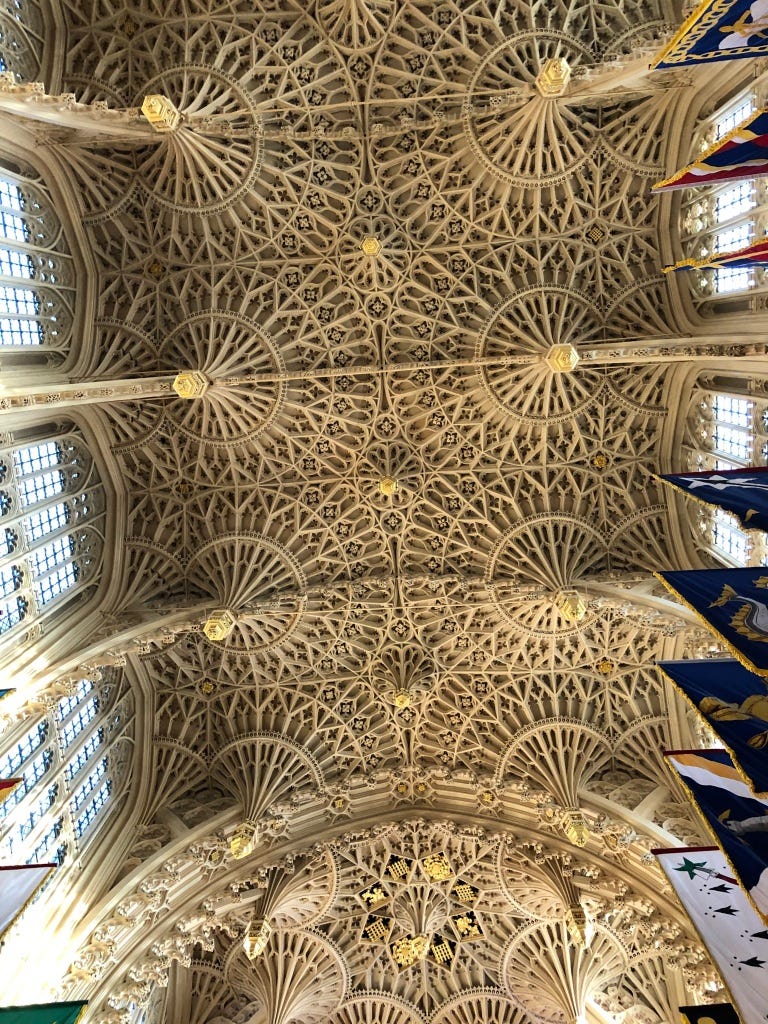
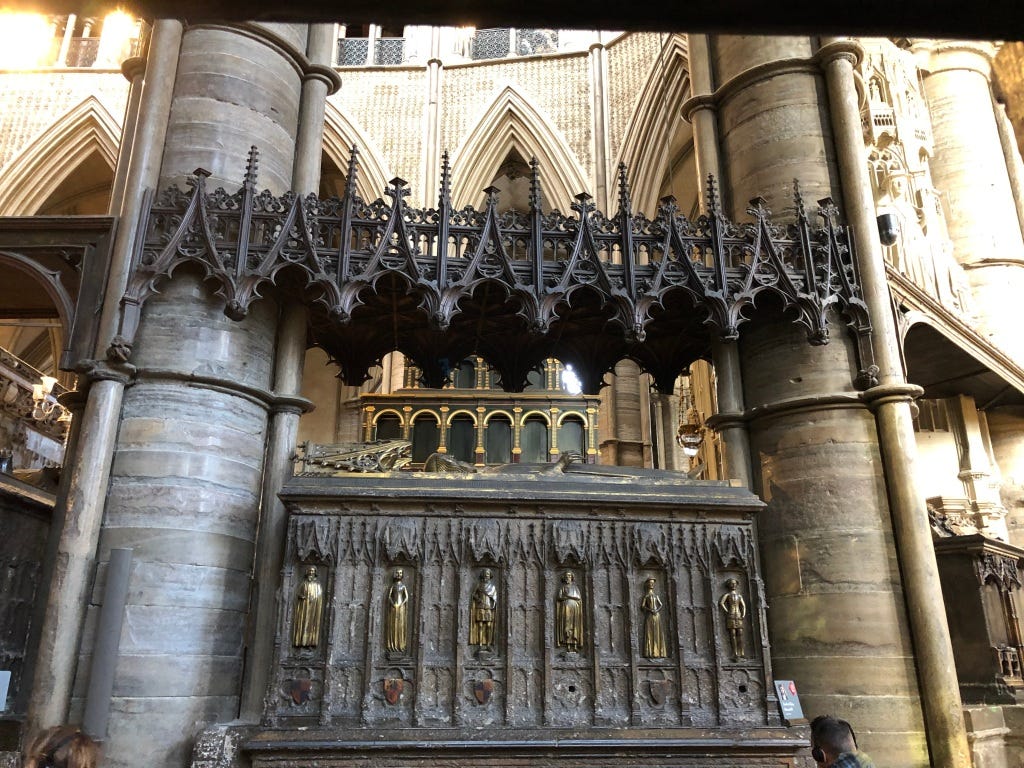
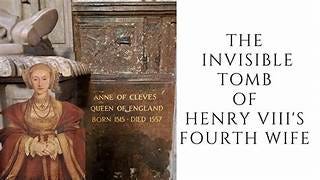

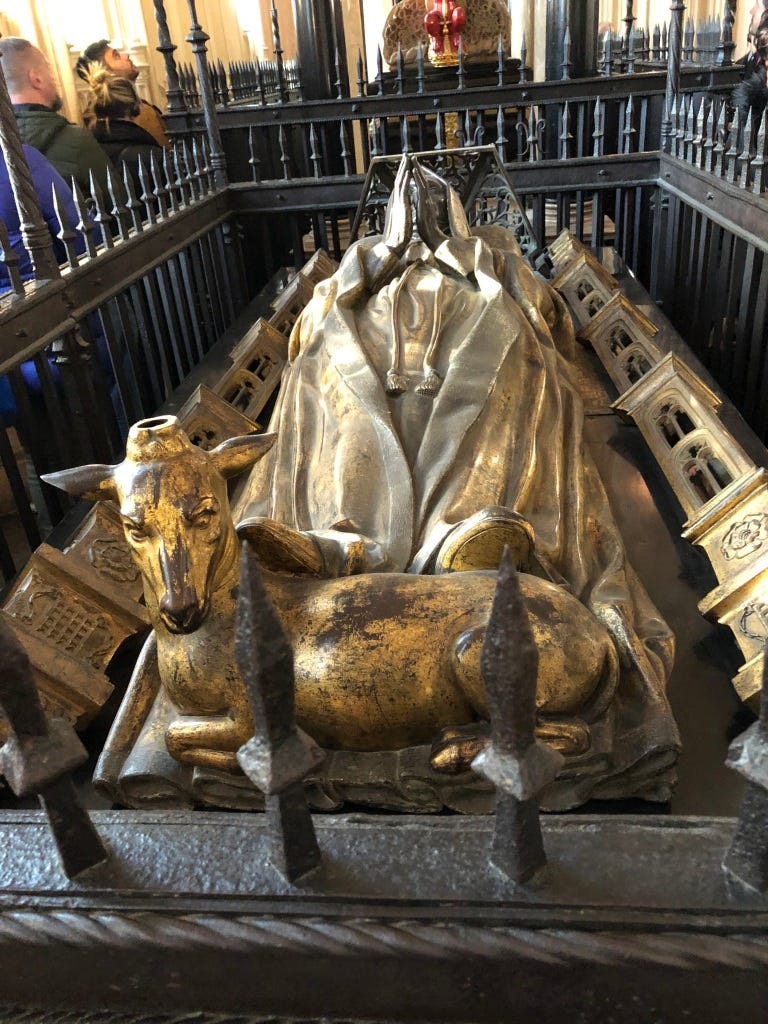
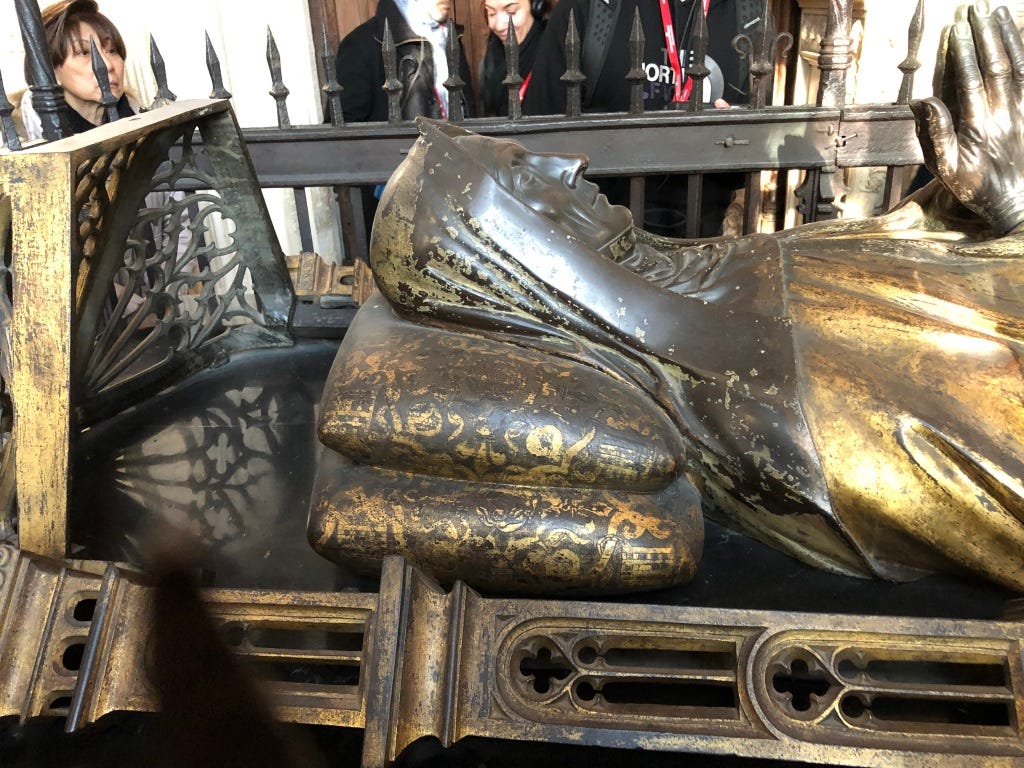

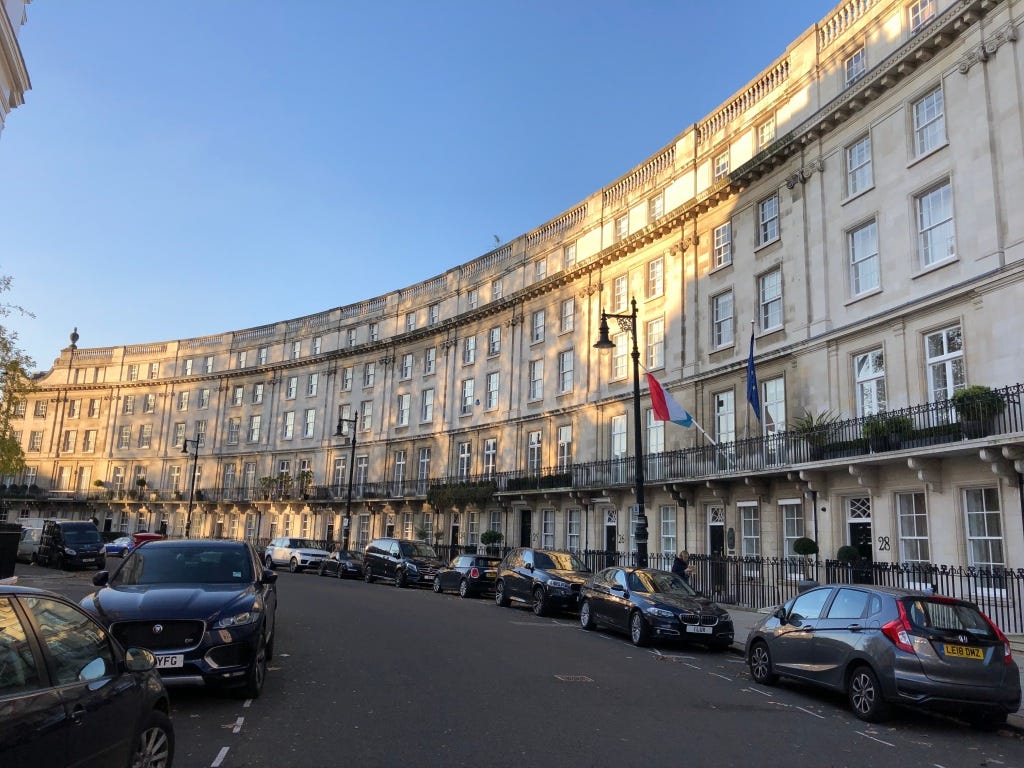
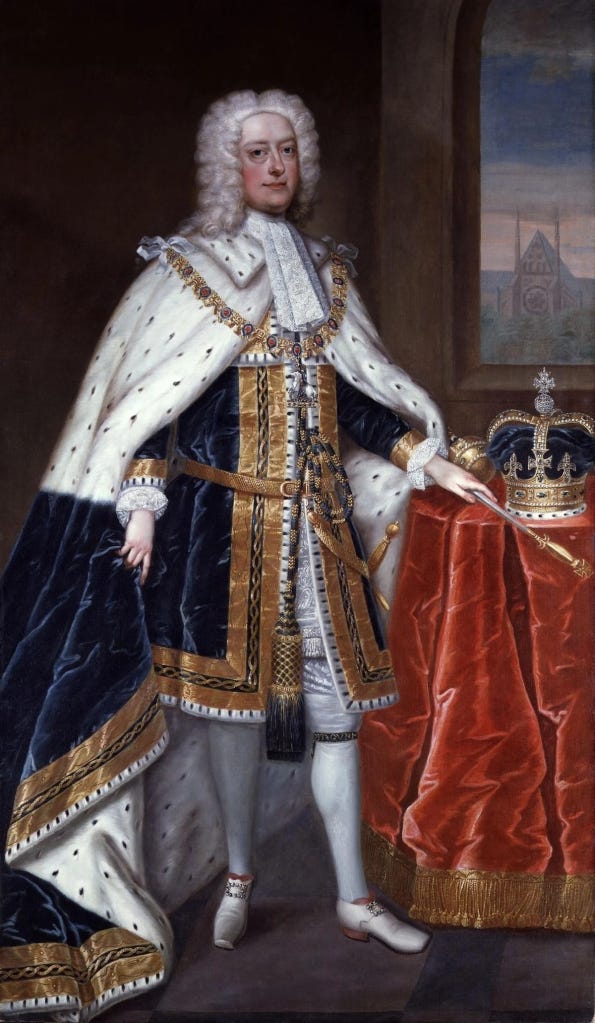

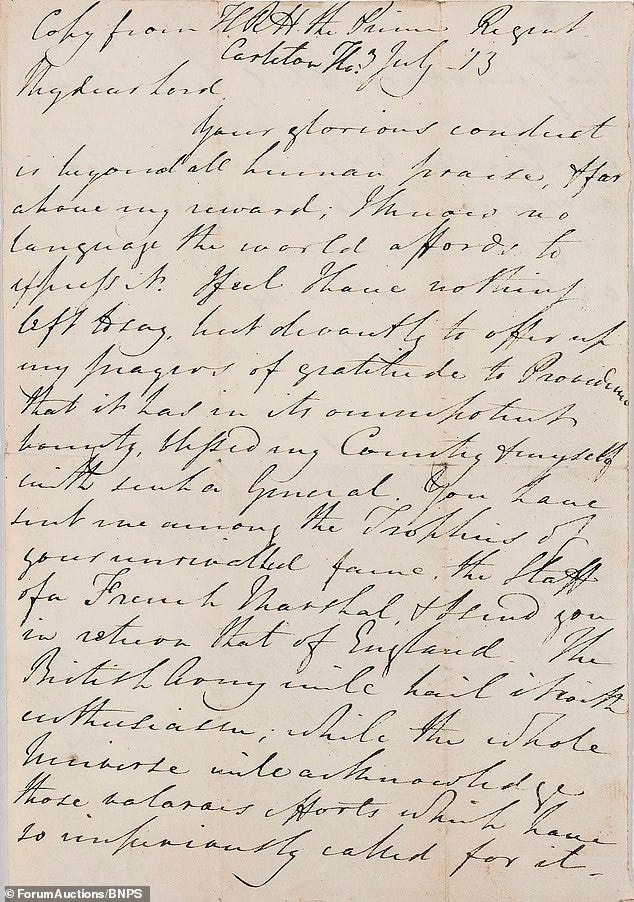
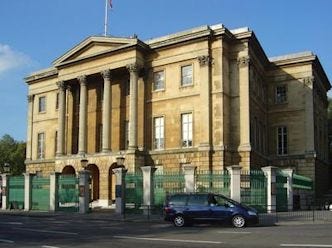
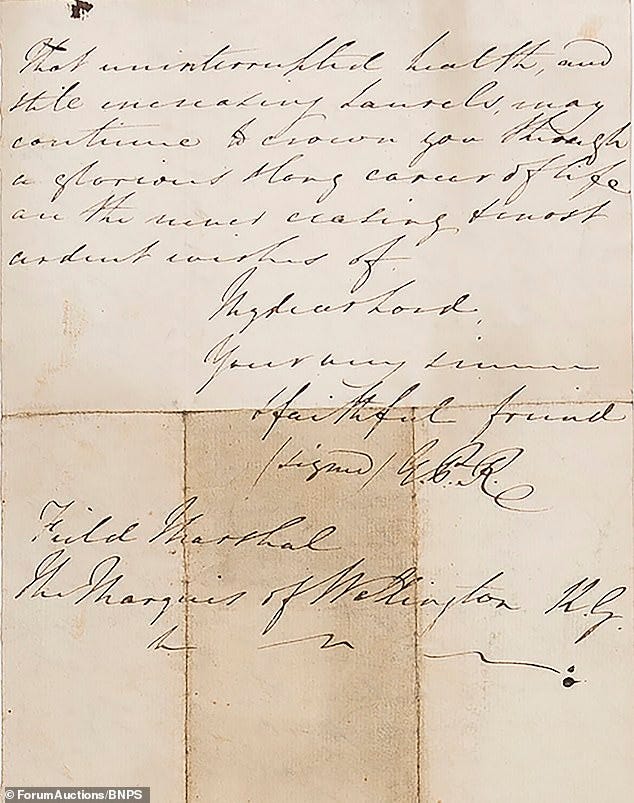
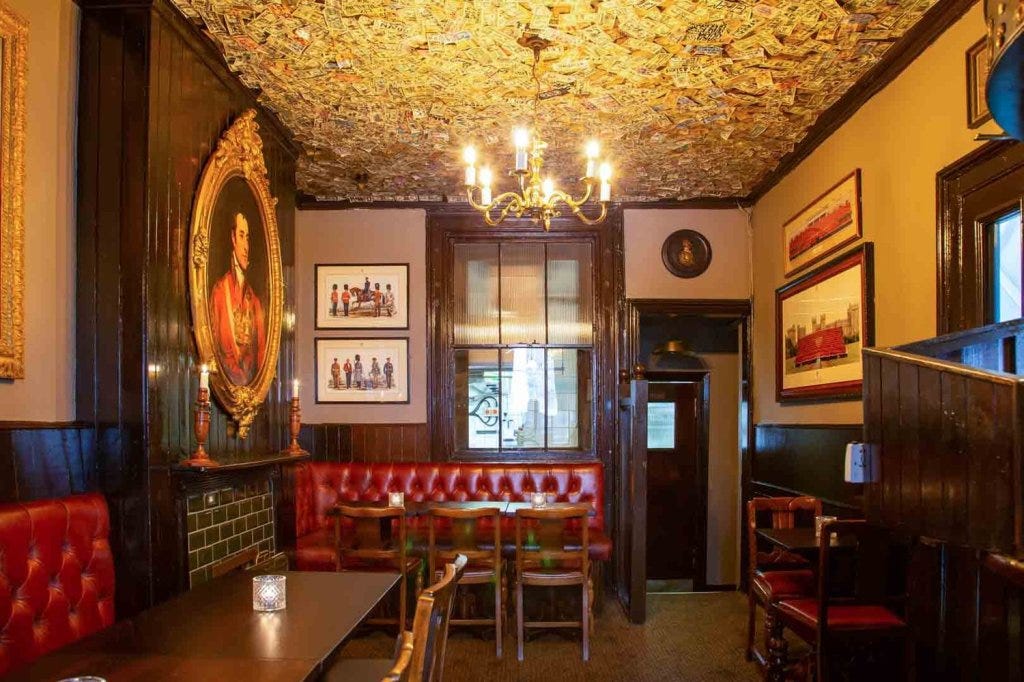
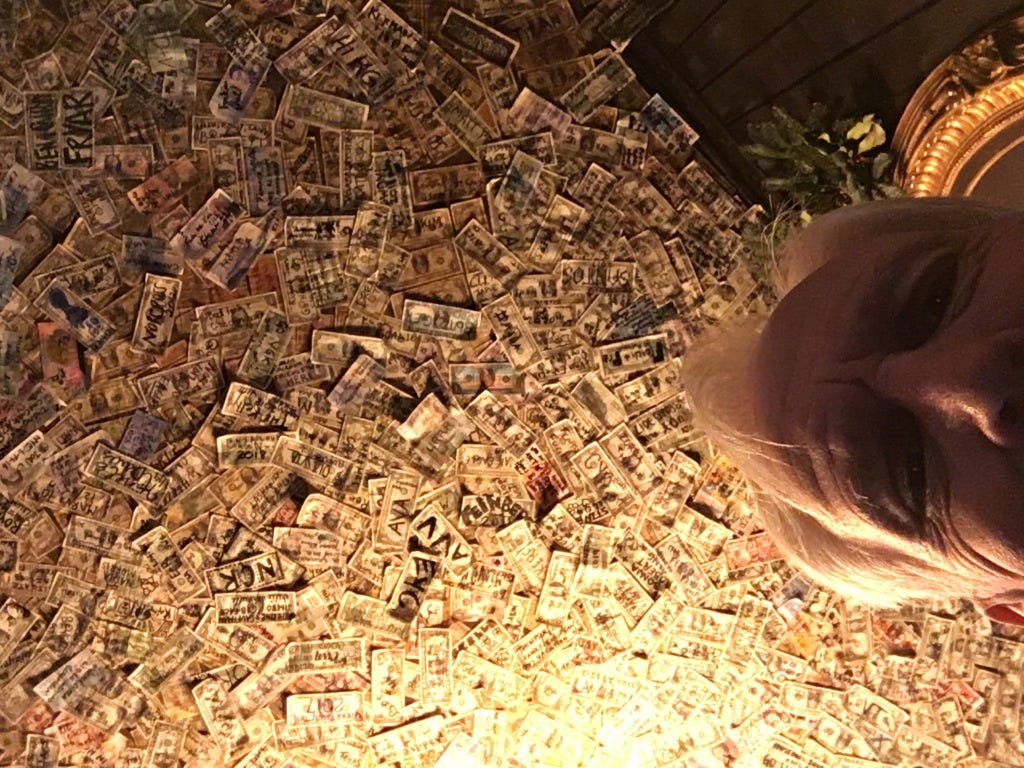
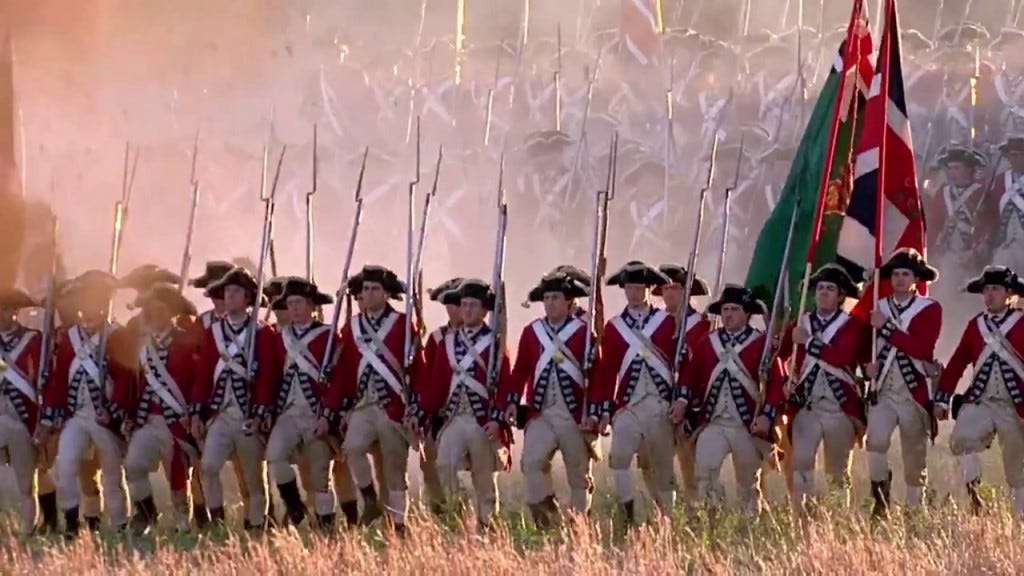
I love your travels, Mary--so informed and so full of excitement. Thank you for sharing!